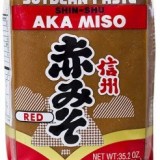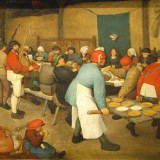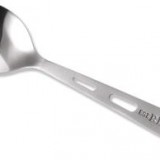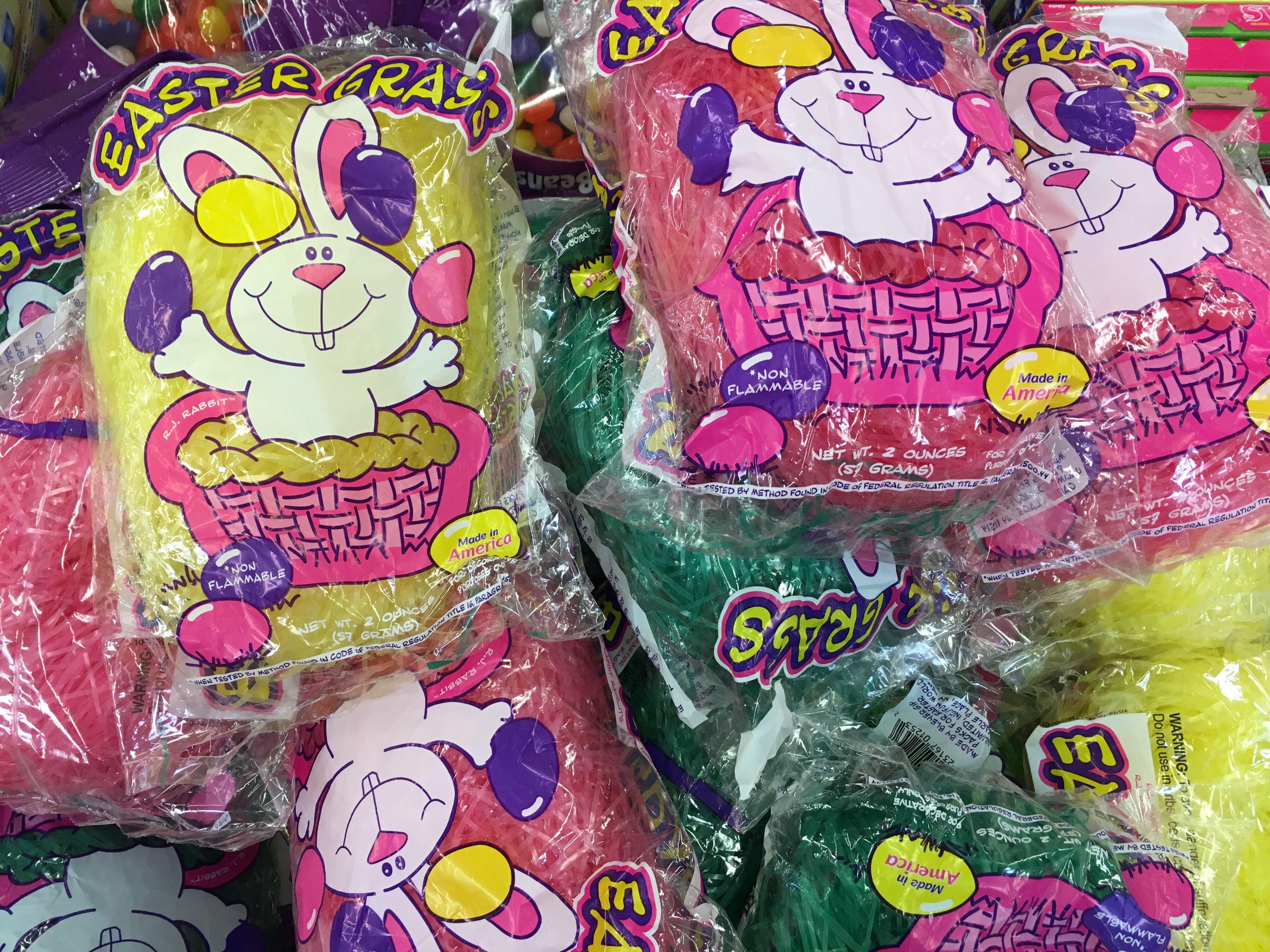
I’ve been observing the Day of the Dead in one way or another for many years, because I believe it is important to acknowledge the presence of death in life, and to remember my dead family, friends and pets in a more direct way than the usual way of carrying loss around quietly within my own heart.
Also, I live in Los Angeles, which used to belong to Mexico, and still does in many ways. Halloween is big here, and Día de Muertos (more often called Día de los Muertos, at least up here in the north, but I believe Día de Muertos is correct–although it may be one of those cases where the incorrect swallows the correct via common usage) reigns alongside of Halloween, extending the celebration over the course of three days.
The Mexican celebration of the dead goes back to the Aztecs, at least, and during the colonial era was grafted onto the Catholic three day festival, or triduum, of Allhallowstide: All Hallow’s Eve (aka Halloween), All Saints Day and All Souls Day. Care of grave sites and genteel remembrance of the dead is practiced during this period in Catholic communities worldwide, but this more pagan, colorful celebration of the dead is distinctly Central and Southern Mexican– yet it is spreading through Anglo culture, especially in the southwest, and I believe it will spread more widely still, rather as the American version of Halloween has spread across the globe.
I believe the Day of the Dead is taking hold because, as I said above, we need a time to remember our dead as individuals, families and communities–and be reminded of the eventuality of our own deaths. In our death denying culture, such thoughts have been considered morbid, even unhealthy, for a long time–but that is changing.

This year I felt ambitious, so built a much bigger altar, or ofrenda, than usual. Actually, the cats made me do it. Given access to the altar, they’d eat the flowers (ending up muerto themselves as a result, no doubt) and bat the rest of the objets to the ground. For the safety of the cats and my treasures, the entire surface needed to be so tightly crowded with things that the kitties wouldn’t be able to make a landing. I chose the top of a low bookshelf, and moved all adjacent furniture out of the way. So far, the cats haven’t been able to crack the problem, though they spend a lot of time studying the altar with ill intent.
My set up is not quite complete, but it’s close enough to share. It’s pretty typically syncretic, and has some traditional elements as well as some of my own invention. While there’s a traditional style of ofrenda, there’s really no “right way” to build one–it’s perfectly appropriate to use any religious imagery which seems appropriate to you, or to make it a secular table of remembrance.

What you see in the photos:
- The deer is a permanent part of our decor (such as it is). People often ask if we shot the deer. Ha! Erik picked it up in a Goodwill when we first moved into this house back in 1998. The deer was mounted the year I was born. He’s a funny, tattered old thing. Gentle souls wonder why we’d have such a ghastly object in our living room. Hunters wonder why anyone would mount such an unimpressive specimen. But for some reason we’re attached to him and will keep him until he falls apart–which may happen soon enough.
- I’ve decorated the deer with marigolds, which are supposed to call the spirits of the dead, and dangling paper strips which have the names of deceased family members on them. These strips move in the breeze, and so also represent the element of wind, which the more traditional cut papers (papel picado) found on ofrendas do as well. Like papel picado, they also hint at the fragility of life.
- And on the theme of beauty and fragility, I slotted a cheap butterfly print into a handy frame. Butterflies bring beauty to the altar, and remind us of our quick passage through this world, but they also remind us of the possibility of transformation from one state to another. Once I saw a pair of early 19th century grave stones decorated with butterflies instead of the more usual imagery. I don’t know if that was the symbol of some particular sect, but I thought it very cool.
- On the shelf I have more flowers. Marigolds are traditional for an ofrenda, sunflowers maybe a little less so, but they both speak of the sun, of light and life. Also, they remind me of my family. My father loved those warm colors of orange, brown and yellow. Maybe he got it from his mother, who always ordered cakes decorated with big fat mums in similar colors. Mums for everyone, whatever the celebration. Erik likes sunflowers a lot, and so they make him happy, too. Flowers also bring the earth element to the altar.
- There are four candles for the four directions, and the element of fire.
- There is an incense burner with copal resin in it, which is the traditional incense offering for ofrendas. I also have a smudge stick of white sage which I made from my own plant.
- The skull is not a sugar skull, sadly. Actually, it’s not even a human skull. It’s a cast of a Neanderthal skull. But as people of European decent, Erik and I likely have Neanderthal ancestors, so it’s good to have them at the table.
- I have a small silver pitcher holding rain water. It is traditional to have refreshment for visiting spirits. It also represents the element of water.
- And along the lines of refreshments, I also have a bottle of good Scotch up there, of which most of my ancestors would highly approve. It also brings a bit of the Celtic into the mix.
- A small felt Doberman, a toy portrait of our late, much beloved dog, Spike. Ofrendas often have small statues of dogs, which are supposed to help guard the pathways of the dead. I have no doubt Spike would do that for us–maybe is even doing it now–so here, the little Spike doll serves both as guardian and portrait.
- There’s also a picture of my dad and an icon of the Virgin and Child. I’ve got to get some more framed pictures gathered up in the next day or so. Our poor Phoebe needs a special place this year.
- There will be a loaf of Pan de Muerto up there when I get it baked. If I fail in this task, I’ll add some fruit and candy to altar.
Tell us about your Day of the Dead traditions!






I absolutely love this remembrance. I don’t have a skull, but I have a bleached turtle shell. Does it have to be human? I was puzzled as to why you had a deer head, but it makes sense now. The whole thing just works for my mind. Now, I must work on this for the years to come. This kind of thing is new to me, the ofrenda and all. Symbolism works for me.
I think a turtle shell would be a lovely addition to an ofrenda. I once took a class with the late medicine woman Cecilia Garcia, and she had a few turtle shells with her. She told us that if we felt stressed, we should hold the shell over our heart–sort of snuggle it to the breast. It’s a shield of sorts, insulating and protecting your heart. I tried it, and it may have been the power of suggestion, but it felt really good!
And the cats aren’t thoughtful, but they are cautious!
Oh, I meant to say the crowded conditions would not deter my friend’s cat. The cat jumped on a mantle crowded with antique objects. After the initial impact caused fragile objects to fall the floor, the cat continued running to the other end of the mantle and knocked almost every single object to the floor. You must have more thoughtful cats.
The timing of this is perfect. Just what I needed. See, a friend passed away on Monday and I’ve been doing some contemplation of death, with particular emphasis on our death-averse culture. Yet, the naturalist in me knows its all part of a beautiful, perfect cycle. I’ve been reading some articles offering different perspectives on death from various cultures and traditions. I’d not yet read anything about Day of the Dead traditions, nor is it something I know much about (I guess it hasn’t caught on too well yet in Montana). I find this ofrenda tradition just totally splendid. I think I’d have appreciated the idea of it in any case, but more especially given my current line of thought. I will be making an alter of my own tonight–and hope my Ginger kitty can behave herself around it. What a good practice/tradition.
I’m so sorry for your loss. I agree that building an altar would be a great thing to do to remember your friend–as well as your other dead. We collect more and more of them as we get older, don’t we? We need a place and time to mark those losses.
Dia de Muertos is fascinating–much richer than I hint at it my post. For instance, in Mexico, there are traditions of writing satirical poems/songs about death, there’s special foods for the occasion — and a touching commemoration of dead children on the 31st. Happy googling!
This is wonderful! I too am drawn to this celebration, though I’m not of Mexican decent. One of the things that strikes me is how appropriate it is to celebrate death in the fall – in tune with the natural cycle of die-off rather than in spring when we have Memorial Day.
It’s true, it’s the perfect time for it–just when the air really seems to take a turn toward winter.
I think, also, that this is a celebration for everyone–though it is a gift from Mexico. I predict it’s going to be like Halloween, which has Celtic roots, but blossomed into its present form among the Irish in the US, and then ended up being exported back into the world–and now there’s trick o’ treating in Japan. Of course, Halloween is getting a little overworked these days–I like Day of the Dead as the non-commercial alternative to the madness of Halloween.
Do you keep this up year round? Or, is it just for this season?
By “thoughtful,” I did not mean “considerate.” I just meant “looking before they leapt.” Her cat was not just curious, but continually destructive.
I know so many people who will put not display pictures of dead parents or look at albums of pictures, even with photos of their children because it makes them sad to look at the pictures of dead parents. On the other hand, it comforts me to see pictures of my mother displayed or even in albums.
When I use the exact recipe for spaghetti my mother made, sew like she did, even clean things like she did, I feel no desire to change it up or not think about her.
The altar goes up for the three official days (the 31st, 1st and 2nd)– people may put it together a little earlier, or keep it up a bit afterward, as with any holiday decoration.
I see what you meant about the cats–thankfully they do look before they leap!
Loved the post – especially the bright colors! Who says death has to wear black? You inspire me to turn the small table in my living room with pictures of deceased family members into an ofrenda of my own – I see a candle and an offering of Striezel, which is a braided sweet bread that the Austrians I live among eat on All Saint’s Day. The custom here is to go to the cemetery and visit family graves – my husband and I will follow suit tomorrow.
You know, I am very much anti-taxidermy in the house – as a kid I always thought taxidermy was just creepy, and the feeling has stayed with me as an adult. Not to mention, how do you keep them clean and bug free? Being a homeowner there are already so many things on our plate, keeping taxidermy maintained isn’t something I want on the list. That said, my bf adores taxidermy.. and then one day, a children’s book author I follow posted a gift she recived: A jackalope. I had to admit, the thing was pretty cute, well posed and made, and a little removed from normal taxidermy, so I got one as a very early xmas gift for him. 🙂 Unfortunately the seller on ebay doesn’t seem to sell them anymore..
I live in Hawai’i and was invited to a Filipino Day of the Dead celebration yesterday; I’m not sure why I feel it’s important to acknowledge this tradition as a global one, aside perhaps from pointing out that indigenous peoples have been responding creatively to colonization since it began, no matter where it has happened and despite the overwhelming changes it brought. As a site of Spanish dominance since nearly as early as in the Americas, I find it fascinating to recognize how the Philippines, like California, owns its cultural layers and offers them generously, ambiguously beneficial though they may be.
At first glance, I thought you might have turned your altar to remembrance of those who died by automobile. Not exactly, I see upon reading the whole post, but really, that might be something worthy of doing (said to myself, as I’m not prescribing anything to anyone). We walked around Sacramento’s Dia de los Muertos celebration yesterday and I thought of my newly-dead (a friend and a cat) and my previously-dead (my mom, my father-in-law). I didn’t make an altar, though I would have liked to. Maybe I’ll start preparing for next year (getting photos, etc.).
I think your ofrenda is lovely.